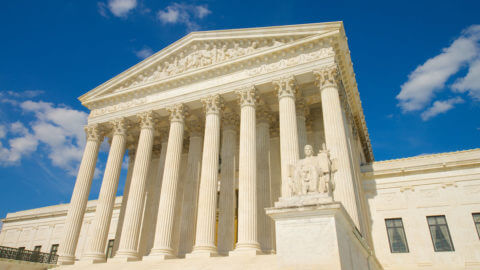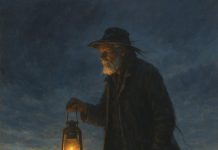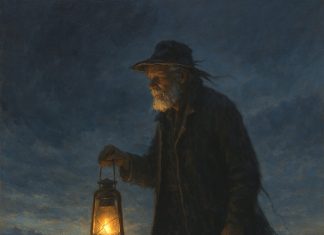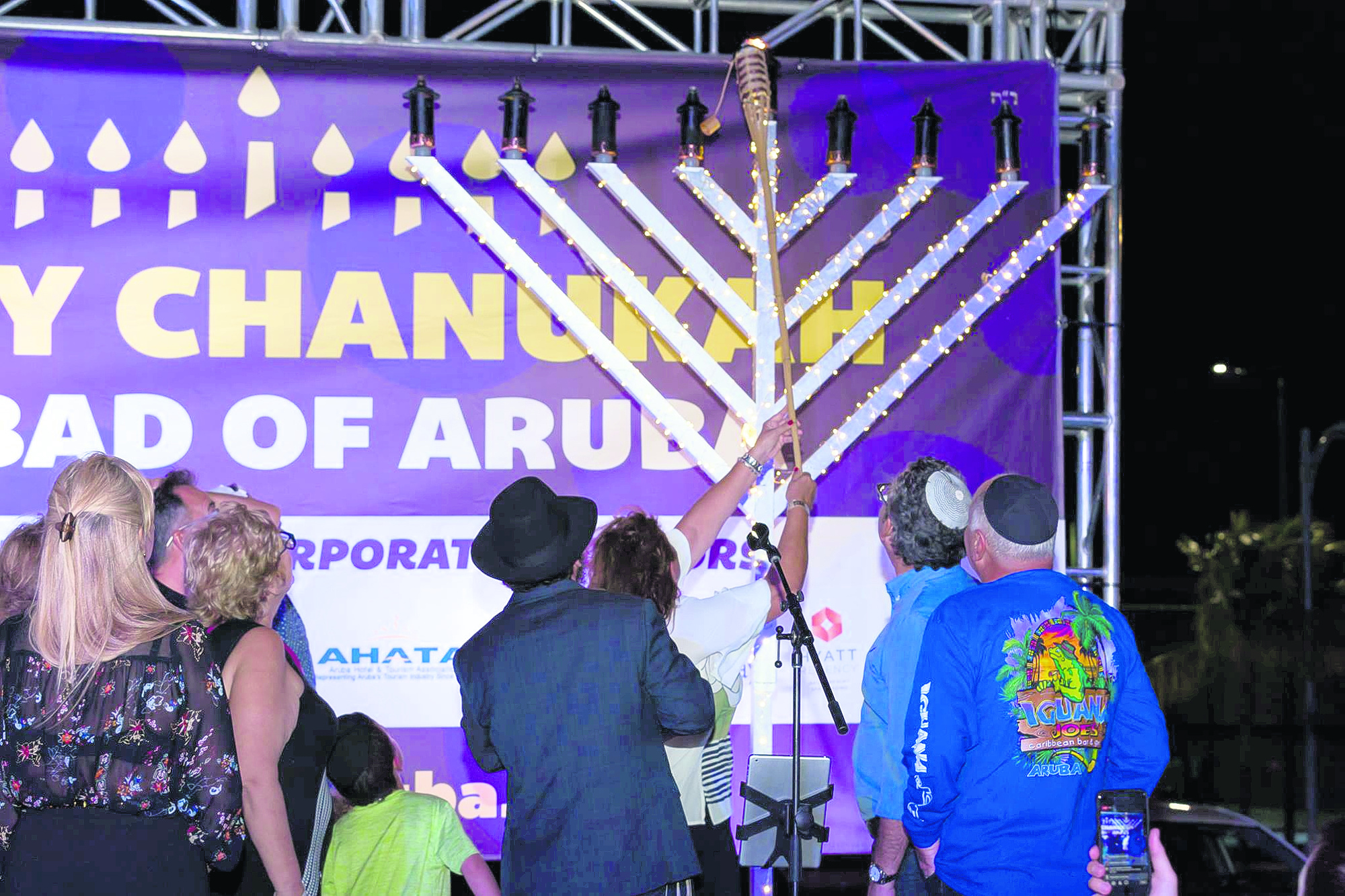The biennial educational excursion of the University of Aruba takes students to Washington, D.C. to experience firsthand how they can make a difference in Aruba in sustainability, governance and public management by visiting various prominent institutions.
A few weeks ago, students of the Organization, Governance & Management program of the University of Aruba had the opportunity to take an educational exchange to Washington, D.C. The excursion consisted of twenty students, three lecturers and a week of unforgettable memories. The excursion took place October 19th through October 26th, 2019, and comprised of an educational and inspirational schedule. The theme of this trip was to learn about Governance, Diversity, and Sustainability in Public Administration Educational programs and Civic Participation. Everyday consisted of visits to important international organizations, such as the Dutch Embassy, the University of the District of Columbia – School of Business and Public Administration, the Inter-American Development Bank, the Center for Strategic and International Studies, Capitol Hill, Cannon House Office Building, Library of Congress and more. Throughout the week the students also had the opportunity of meeting some outstanding people, for example, Maureen Bunyan, Joselin Croes, Bjorn Kuil, Wade Henderson and a handful more inspiring guest speakers.
Inter-American Development Bank.
A visit that stood out was when the students visited the Inter-American Development Bank, where the students received a tour of the main building, followed by a lecture from Kuil. Kuil is the Senior Counselor of the Dutch Representative for the organization. He spoke about what the organization IDB does, which is to provide financial aid to underdeveloped countries in need and assisting them in achieving sustainable development goals. The financial support that IDB provides is focused on increasing the level of education and/or improving the economies of the countries involved. The IDB consists of 48 shareholders, including Argentina, Brazil, and Mexico.Their yearly budget to support other countries is approximately twelve billion dollars. Kuil also discussed codes of conduct, ethics, and integrity when working in an organization. Such as the importance of knowing what to do and the choices you need to make when being in certain difficult work situations. All in all, the visit was a very interesting and knowledgeable one, especially because of all the information the students received.
University of the District of Columbia’s – Food Hubs.
During their visit to the University of the District of Columbia, students were given a presentation by the dean of the College of Agriculture and Urban Sustainability and Environmental Sciences (CAUSES), Sabina O’Hara. During her presentation, she challenged the students to think about the importance of being good stewards of the resources our planet is offering. Many countries, such as Aruba, must import their food. This could lead to a decline in the nutritional value of the food because of the long distances the food travels before it reaches its destination before it is consumed. Many times, food needs to be treated with certain chemicals to remain fresh upon arrival. The clean and sanitary environment is also very important when storing food. There are some issues in growing your food, such as a lack of space where people can grow their food. A solution to this problem can be to grow our food vertically, using the space on buildings for instance. To achieve this, one must consider the capacity of such a building to be able to hold the weight of the soil needed to grow the fruits and vegetables. A proper drip irrigation system is also be needed for the proper supply of water, while the heat from the building itself can contribute to the growth of the food. This system can help farmers grow their food and distribute it to different parts of the country.
The Supreme Court of the United States.
The Supreme Court is the highest court in the federal judiciary of the United States. On the main entrance to the Supreme Court Building, there is written “Equal Justice Under Law”. These words illustrate the ultimate responsibility of the Supreme Court. The Supreme Court consists of eight associate Chief justice nominated by the President of the United States. The Supreme Court offers tours to public proportions of the building. The OGM students had the once in a lifetime opportunity of visiting a courtroom lecture. The courtroom lectures are led by a trained volunteer teacher and the purpose of the courtroom lecturesare to inform the visitors about the judicial functions, the architecture of the courtroom, and the history of the building. Furthermore, the Supreme Court courtroom cases are available for the public. The courtroom cases are called Oral arguments, they last about one hour, and each side is allowed to argue for 30 minutes each in court. The first 50 peopleinside can witness the entire session. However, the people who donot obtain a secured seat can walk through. Two lines form in front of the Supreme Court outside prior to the Oral arguments. In some cases, people will line up days in advance to secure a seat. All in all, the OGM students got an in-depth view and description of the Supreme Court which was an inspiration for the students studying Governance.
Another highlight of the trip was when the students and lecturers took a hop on and hop off night tour of the amazing touristic sites. The students got to see and take pictures of places like the Lincoln Memorial, the Martin Luther King Memorial, the World War Two Memorial, Capitol Hill, the White House and much more. It is safe to say, that this educational excursion provided by the Organization, Governance and Management program at the University of Aruba is a field trip definitely worth experiencing.q
















